Home>Garden Essentials>How To Plant Grass Seed In Florida
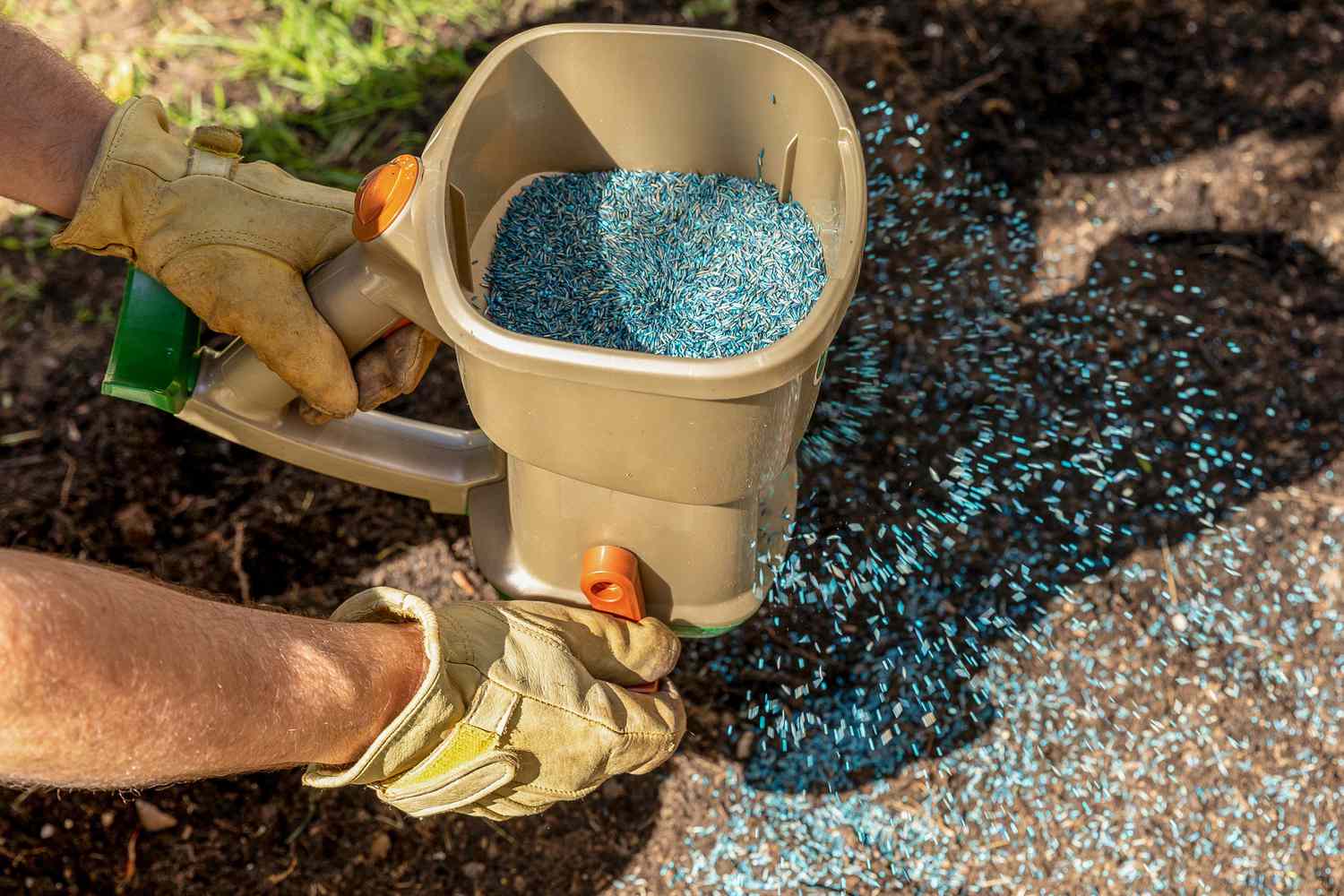

Garden Essentials
How To Plant Grass Seed In Florida
Modified: October 20, 2024
Learn how to plant grass seed in your Florida garden with our step-by-step guide. Achieve a lush and healthy lawn in no time!
(Many of the links in this article redirect to a specific reviewed product. Your purchase of these products through affiliate links helps to generate commission for Storables.com, at no extra cost. Learn more)
Introduction
Welcome to the sunny state of Florida, where lush green lawns are a cherished part of many homes and communities. If you’re looking to plant grass seed in Florida, you’ve come to the right place. In this article, we will guide you through the process of choosing the right grass seed, preparing the soil, planting, watering, and caring for your newly seeded lawn.
Florida’s warm and humid climate presents unique challenges and opportunities for gardeners and lawn enthusiasts. With its diverse range of microclimates, from the coastal areas to the more temperate central regions, Florida offers the perfect environment for a variety of grass species to thrive.
But before you embark on your grass seeding journey, it’s important to understand the climate and soil conditions in your specific area. This knowledge will help you choose the most suitable grass seed and ensure the success of your lawn.
When it comes to selecting the right grass seed, Florida offers a plethora of options. Warm-season grasses like St. Augustine, Bahia, Bermuda, and Zoysia are popular choices due to their ability to withstand the hot and humid conditions. These grasses are known for their durability, low maintenance requirements, and resistance to common pests and diseases.
Preparing the soil properly is crucial for the success of your grass seed. Florida’s sandy soils often lack essential nutrients and organic matter. To improve the soil structure, it’s recommended to incorporate organic matter such as compost or peat moss. This will enhance the soil’s water retention capacity and provide necessary nutrients for the grass to establish strong roots.
The timing of planting grass seed in Florida is also essential. The warm and humid climate makes certain times of the year ideal for seeding. Typically, late spring and early summer, when the soil temperature is consistently above 65°F, are considered the best times for seeding. This allows the grass seed to germinate and establish before the scorching summer heat arrives.
Key Takeaways:
- Choose the right grass seed for Florida’s warm and humid climate, such as St. Augustine, Bahia, Bermuda, or Zoysia, to ensure a low-maintenance, durable, and pest-resistant lawn.
- Prepare the soil, plant during late spring or early summer, and provide consistent watering and care to establish a thriving grass seed lawn in Florida’s unique climate.
Read more: What Is The Best Grass To Plant In Florida
Understanding the Climate in Florida
Florida’s climate is classified as humid subtropical, characterized by hot summers, mild winters, and high humidity throughout the year. The state’s geography and proximity to both the Atlantic Ocean and the Gulf of Mexico influence its climate patterns and create regional variations in temperature and rainfall.
Coastal areas experience slightly milder temperatures due to the moderating effect of the ocean. Inland areas, especially in the central part of the state, tend to have slightly higher temperatures. However, no matter where you are in Florida, you can expect plenty of sunshine and ample rainfall.
The combination of warm temperatures and high humidity creates an ideal environment for various pests and diseases that can affect your lawn. Some common challenges include chinch bugs, grubs, dollar spot fungus, and brown patch disease. However, choosing the right grass seed varieties and implementing proper lawn care practices can help minimize these issues.
The state is also prone to hurricanes and tropical storms during the Atlantic hurricane season, which runs from June 1st to November 30th. It’s important to plan your lawn maintenance activities accordingly and be prepared to protect your newly seeded lawn in case of severe weather.
Florida’s soil composition varies across the state. Coastal regions often have sandy soil with poor water retention and nutrient-holding capacity. Inland areas may have more clayey or loamy soils. Testing your soil’s pH and nutrient levels can provide valuable information to ensure proper soil preparation and fertilization.
Overall, understanding the unique climate conditions in Florida is crucial for selecting the right grass seed and implementing effective lawn care practices. By considering factors such as temperature, humidity, rainfall, and soil composition, you can make informed decisions that will lead to a healthy and thriving lawn.
Choosing the Right Grass Seed for Florida
When it comes to choosing the right grass seed for your lawn in Florida, it’s important to consider the specific needs and conditions of your area. Florida’s warm and humid climate calls for grass varieties that can withstand the heat, resist pests and diseases, and thrive in the sandy soils commonly found in the state.
Here are some of the top grass seed options to consider for your Florida lawn:
- St. Augustine Grass: St. Augustine grass is a popular choice for many Florida homeowners. It thrives in the warm and humid conditions of the state and has good shade tolerance. St. Augustine grass forms a dense, lush carpet with a medium-green color. It is relatively low maintenance and can tolerate foot traffic.
- Bahia Grass: Bahia grass is known for its excellent heat and drought tolerance. It is a coarse-textured grass that can handle the sandy soils common in Florida. Bahia grass has good resistance to pests and diseases, making it a low-maintenance option for Florida lawns. It has a light to medium-green color and provides good coverage.
- Bermuda Grass: Bermuda grass is a popular warm-season grass that thrives in Florida’s hot and humid climate. It has excellent heat and drought tolerance, making it a resilient option for Florida lawns. Bermuda grass has a fine texture, forms a dense turf, and has good wear tolerance. It tolerates full sun and requires regular mowing to maintain its desired height.
- Zoysia Grass: Zoysia grass is a warm-season grass that adapts well to Florida’s climate. It has good heat and drought tolerance and can handle both sun and shade conditions. Zoysia grass forms a dense turf with a medium to dark-green color. It has good wear tolerance and can recover quickly from damage.
It’s important to choose a grass seed variety that matches your specific lawn conditions, such as sun exposure, foot traffic, and soil type. Consulting with local lawn care experts or visiting a reputable garden center can help you make an informed decision.
Consider factors such as the desired appearance of your lawn, maintenance requirements, and your personal preferences. Keep in mind that different grass varieties have different growth patterns, mowing heights, and water and fertilizer needs.
By selecting the right grass seed for your Florida lawn, you will set yourself up for success and enjoy a beautiful, healthy, and lush green lawn that can withstand the unique challenges of the state’s climate.
Preparing the Soil for Planting
Preparing the soil properly is a crucial step in ensuring the success of your grass seed in Florida. The state’s sandy soils often lack essential nutrients and organic matter, which can hinder the growth and development of your lawn. By taking the time to prepare the soil, you can create a fertile and nutrient-rich environment for your grass seed to thrive.
Here are the steps to follow when preparing the soil for planting grass seed in Florida:
- Test the Soil: Start by testing your soil to determine its pH levels and nutrient content. Soil testing kits are available at garden centers or you can send a sample to a local agricultural extension service for more accurate results. This information will guide you in determining the amendments necessary to improve your soil.
- Remove Debris: Clear the area of any debris, rocks, or existing vegetation. This will provide a clean slate for your new lawn to establish.
- Loosen the Soil: Use a garden tiller or a rake to loosen the top layer of soil. This will help improve drainage and allow the grass roots to penetrate deeper into the soil. Avoid tilling too deeply, as this can disturb the natural structure of the soil.
- Add Organic Matter: Incorporate organic matter such as compost, peat moss, or well-rotted manure into the soil. This will help improve soil structure, water retention, and nutrient-holding capacity. Spread a layer of organic matter over the soil and use a garden rake to work it into the top few inches of soil.
- Level the Surface: Rake the soil surface to create an even and level area for planting. This will help promote uniform growth and avoid water pooling or uneven mowing in the future.
- Final Soil Amendments: Based on the results of your soil test, you may need to apply additional soil amendments such as lime to adjust the pH or specific nutrients to meet the requirements of the grass seed you’ve chosen. Follow the recommendations provided by your soil test results or consult a professional for guidance.
By properly preparing the soil, you provide a solid foundation for your grass seed to establish and grow. The organic matter will help retain moisture, provide essential nutrients, and promote healthy root development. Taking the time to prepare the soil will greatly increase the chances of success for your new lawn in Florida.
Best Time to Plant Grass Seed in Florida
Choosing the right time to plant grass seed in Florida is crucial for a successful establishment of your lawn. The warm and humid climate of the state offers unique opportunities and challenges when it comes to seeding your lawn. By timing your grass seed planting correctly, you can maximize the chances of germination and ensure that your grass thrives.
The best time to plant grass seed in Florida is typically in late spring or early summer, when the soil temperature consistently reaches around 65°F or higher. Planting during this period allows the grass seed to germinate and establish before the scorching heat of the summer arrives.
Planting during the late spring or early summer takes advantage of the warm temperature and abundant rainfall of the season. The combination of warmth and moisture creates optimal conditions for seed germination and root development.
Avoid planting grass seed during the hottest months of the summer, as extreme heat can stress newly germinated grass and make it more susceptible to drought and diseases. However, if you missed the spring planting window, early fall can also be a suitable time for grass seeding in Florida. The soil is still warm, and there is typically enough rainfall to support seed establishment.
It’s important to note that the best planting time may vary based on the specific grass seed variety you choose. Some varieties have different temperature and moisture requirements for optimal germination. Research the recommended planting times for the specific grass seed you plan to use or consult with local gardening experts for personalized advice.
In addition to timing, it’s important to consider other factors when planting grass seed in Florida. Prepare the soil properly, ensuring it is well-drained and amended with organic matter. Keep the newly seeded area consistently moist by watering lightly and frequently during the germination period. Avoid heavy watering that can wash away the seed or encourage fungal diseases.
By choosing the right time to plant your grass seed and implementing proper lawn care practices, you can enjoy a healthy and vibrant lawn all year round in the beautiful state of Florida.
Choose a warm-season grass seed like Zoysia or Bermuda for Florida. Plant in the spring or early summer for best results. Keep the soil moist and avoid heavy foot traffic until the grass is established.
Steps for Planting Grass Seed in Florida
Planting grass seed in Florida requires a systematic approach to ensure successful germination and establishment. By following these steps, you can create the ideal conditions for your grass seed to thrive and grow into a healthy and lush lawn:
- Prepare the Soil: Start by preparing the soil as mentioned earlier. Clear the area of debris, loosen the soil, incorporate organic matter, and level the surface to create a suitable bed for your grass seed.
- Select the Right Grass Seed: Choose a grass seed variety that is well-suited to the specific conditions of your area in Florida. Consider factors such as sunlight exposure, soil type, and maintenance requirements. Consult with local experts or read product labels to select the most appropriate seed variety for your lawn.
- Calculate the Seed Amount: Calculate the amount of grass seed needed based on the recommended seeding rate for the selected grass variety. This information can usually be found on the seed packaging or provided by the supplier. Measure the area of your lawn and multiply it by the recommended seeding rate to determine the required amount of seed.
- Spread the Seed: Use a seed spreader or broadcast the seed evenly over the prepared soil. Divide the seed into two equal parts and spread half in one direction and the other half in a perpendicular direction. This helps ensure uniform coverage and reduces the risk of patchy areas in your lawn.
- Rake and Incorporate the Seed: Use the back of a garden rake to lightly rake the soil surface, incorporating the seed into the top layer of soil. This will help improve seed-to-soil contact, which is essential for germination. Avoid burying the seed too deep, as it needs exposure to light to germinate.
- Water the Seeded Area: Immediately after seeding, water the area thoroughly. Use a gentle spray or mist setting to avoid displacing the seed. Keep the soil consistently moist by watering lightly and frequently, especially during the germination period. Watering twice a day, for short intervals, is ideal to prevent the soil from drying out.
- Maintain Proper Moisture: Monitor the moisture levels of the seeded area regularly. Adjust your watering schedule as needed to ensure the soil remains moist but not waterlogged. Overwatering can lead to seed rot or fungal diseases, while underwatering can result in poor germination and failure to establish.
- Protect the Seeded Area: To prevent seed washout and protect the newly seeded area from erosion or bird activity, you may consider covering the area with a thin layer of straw or using netting. This will help retain moisture and provide some protection during the germination phase.
- Mow the Established Grass: Once the grass reaches a height of about 3-4 inches, it can be mowed for the first time. Set the mower to a high setting and avoid cutting more than one-third of the grass blade length at a time. Regular mowing, along with proper watering and fertilization, will help maintain a healthy and well-manicured lawn.
By following these steps and providing the necessary care, your newly planted grass seed in Florida will have the best chance of germination and successful establishment. Patience and consistent maintenance are key to nurturing your lawn into a vibrant and beautiful outdoor space.
Watering and Caring for Newly Planted Grass Seed
Proper watering and care are vital for the successful establishment of newly planted grass seed in Florida. The period immediately after planting is crucial for germination and root development. By following these watering and care guidelines, you can ensure the best chance of a healthy and thriving lawn:
Watering:
- Water immediately after seeding: After spreading the grass seed, water the area thoroughly to ensure that the soil is evenly moist. Use a gentle spray or mist setting to avoid displacing the seed.
- Keep the soil consistently moist: For the first few weeks, it’s important to keep the seeded area consistently moist. Water lightly and frequently, at least once or twice a day, to prevent the soil from drying out. Aim to keep the soil damp, but avoid overwatering, as it can lead to seed rot or fungal diseases.
- Watch for signs of drying: Monitor the soil moisture levels regularly. Signs of drying include a change in the color of the soil surface or the appearance of cracks. If you notice these signs, increase the frequency or duration of watering to keep the soil adequately moist.
- Adjust watering as the grass grows: As the grass seed begins to germinate and grow, gradually reduce the frequency of watering but increase the amount of water applied during each irrigation session. This will encourage the grass roots to grow deeper into the soil.
Care and Maintenance:
- Avoid foot traffic: Minimize foot traffic on the newly seeded area until the grass has established. Walking or playing on the seeded area can disturb the soil and inhibit proper seed germination and root development.
- Mow carefully: Once the grass reaches a height of about 3-4 inches, it can be mowed for the first time. Set the mower to a high setting to avoid cutting off more than one-third of the grass blade length at a time. Regular mowing helps promote a denser and healthier lawn.
- Fertilize at the right time: While fertilization is important for the long-term health of your lawn, it’s best to wait until the grass has established before applying fertilizer. Typically, it is recommended to wait until the new grass has been mowed at least three times before applying a slow-release fertilizer.
- Monitor for pests and diseases: Keep an eye out for any signs of pests or diseases. Common issues in Florida lawns include chinch bugs, grubs, dollar spot fungus, and brown patch disease. If you notice any unusual symptoms, consult with a local lawn care professional to identify the problem and determine the appropriate treatment.
- Continue proper maintenance: Once your grass seed has established and grown into a healthy lawn, continue providing regular maintenance. This includes regular mowing, proper watering, and appropriate fertilization based on the specific needs of your grass variety.
By diligently following these watering and care practices, you will give your newly planted grass seed the best chance to establish and develop into a beautiful and resilient lawn. Remember, maintaining a healthy lawn requires ongoing care and attention, so be proactive in your lawn care routines to enjoy a lush and vibrant outdoor space.
Common Challenges and Troubleshooting
Planting grass seed in Florida can come with its fair share of challenges. Understanding and being prepared for these common issues can help you troubleshoot and address them effectively, ensuring the success of your lawn. Here are some common challenges you may encounter when growing grass seed in Florida and how to troubleshoot them:
1. Weed Growth: Weeds can quickly invade your newly seeded lawn and compete with the grass for nutrients, water, and sunlight. To address this issue, consider applying a pre-emergent herbicide before planting the grass seed. Additionally, regular monitoring and hand-pulling of weeds can help keep them under control until the new grass establishes.
2. Soil Erosion: Florida’s heavy rainfall and sandy soil can result in soil erosion, especially on slopes or areas prone to runoff. To prevent erosion, consider using erosion control methods like mulching or installing erosion control blankets. These measures can help stabilize the soil and protect the newly seeded area during heavy rains.
3. Fungal Diseases: The warm and humid climate of Florida can create conditions favorable for various fungal diseases, such as brown patch or dollar spot. To reduce the risk of fungal diseases, avoid overwatering or watering in the evening, as prolonged moisture on the grass leaves can promote fungal growth. Ensure proper lawn care practices, such as adequate spacing between plants, proper mowing height, and good airflow to minimize the chances of fungal diseases.
4. Pest Infestations: Common pests in Florida lawns include chinch bugs, grubs, and mole crickets. Regularly inspect your lawn for signs of pest infestations, such as browning patches, thinning grass, or insect activity. If you suspect a pest problem, consult with a professional to identify the pest and determine the appropriate treatment options.
5. Uneven Germination and Patchy Areas: Sometimes, grass seed may not germinate uniformly, resulting in patchy areas. To address this issue, overseeding can be done to fill in the gaps and promote more even growth. Consider reseeding the bare areas using the same grass seed variety or consult with a local expert to determine the best course of action.
6. Drought Stress: Florida’s hot and dry periods can put stress on newly established grass. To prevent drought stress, ensure adequate watering, especially during dry spells. Water deeply and less frequently to encourage the grass roots to grow deeper into the soil, making them more resilient to drought conditions. Applying a layer of mulch can also help conserve soil moisture.
7. Nutrient Deficiencies: Sandy soil in Florida often lacks essential nutrients. Regularly monitor your lawn for signs of nutrient deficiencies, such as yellowing or stunted growth. Consider soil testing and fertilize according to the specific needs of your grass variety. Choosing a slow-release or organic fertilizer can help provide consistent and long-lasting nutrition to your lawn.
By being aware of these common challenges and taking proactive measures to address them, you can overcome any obstacles that may arise during the growth of your newly seeded lawn in Florida. Regular monitoring, proper maintenance, and timely action will help you cultivate a healthy and vibrant lawn.
Mowing and Maintenance Tips for a Healthy Lawn
Mowing and proper maintenance play a crucial role in keeping your lawn healthy, vibrant, and well-manicured. By following these mowing and maintenance tips, you can promote the growth and resilience of your grass, ensuring a beautiful lawn in Florida:
1. Set the Right Mowing Height: It’s important to mow your lawn at the appropriate height to maintain its health. Different grass species have specific mowing height requirements, so consult with local experts or refer to recommended guidelines for your specific grass variety. Generally, it’s best to avoid cutting off more than one-third of the grass blade length at a time.
2. Maintain Sharp Mower Blades: Dull mower blades can tear the grass instead of making clean cuts. This can lead to frayed tips that are more prone to disease and stress. Regularly sharpen your mower blades to ensure a clean cut, promoting optimal growth and reducing the risk of damage to your grass.
3. Mow When Grass is Dry: Mow your lawn when the grass is dry to achieve a clean and even cut. Wet grass blades can clump together, making it difficult to achieve a uniform appearance and potentially smothering the grass underneath. Additionally, wet grass can create a breeding ground for fungal diseases.
4. Alternate Mowing Patterns: Change your mowing pattern regularly to prevent the grass from leaning in the same direction and promote more upright growth. Altering the mowing direction helps prevent compaction and encourages the grass to grow more evenly.
5. Leave Grass Clippings on the Lawn: Instead of bagging and removing grass clippings, consider leaving them on the lawn. Grass clippings act as a natural source of nitrogen and can provide additional nutrients to your lawn. This practice, known as grasscycling, helps feed the soil and reduces the need for fertilizer.
6. Maintain a Proper Watering Schedule: Proper watering is essential for a healthy lawn. Deep, infrequent watering promotes deep root growth, making your grass more resilient to drought conditions. Water early in the morning to reduce evaporation and allow the grass blades to dry before evening, minimizing the risk of disease.
7. Regularly Remove Lawn Debris: Keep your lawn clean and free of debris, such as leaves or fallen branches. This allows for better airflow and sunlight penetration, preventing the growth of fungal diseases and improving overall lawn health.
8. Regular Fertilization: Regularly fertilize your lawn according to the specific needs of your grass variety. Follow recommended guidelines for timing and application rates. Use slow-release or organic fertilizers to ensure a steady and consistent release of nutrients for optimal growth.
9. Weed Control: Address weeds promptly to prevent them from competing with your grass for nutrients, water, and sunlight. Regularly inspect your lawn and remove weeds manually or consider the selective use of herbicides for more extensive weed infestations. Follow label instructions carefully when using any chemical weed control products.
10. Aerate the Lawn: If your soil becomes compacted, consider aerating your lawn. Aeration helps improve water and air movement in the soil, promoting healthy root growth. This should be done at the appropriate time for your grass species and can be done manually using a lawn aerator or by hiring a professional service.
By following these mowing and maintenance tips, you can ensure the overall health and appearance of your lawn in Florida. Consistent and proper care will help your grass thrive, providing you with an inviting and enjoyable outdoor space to enjoy throughout the year.
Read more: How To Seed Grass In Florida
Conclusion
Growing a lush and healthy lawn in Florida may present some unique challenges, but with the right knowledge and strategies, you can achieve a beautiful outdoor space that you can enjoy year-round. By understanding the climate in Florida and selecting the appropriate grass seed variety, you lay the foundation for success. Preparing the soil properly and planting the grass seed at the right time ensures optimal germination and establishment.
Watering and caring for newly planted grass seed is crucial for its growth and development. Adequate watering, proper maintenance, and timely action in addressing common challenges such as weed growth, soil erosion, pests, and diseases will contribute to the overall health of your lawn.
Mowing and maintenance play a crucial role in a healthy lawn. Ensuring the right mowing height, maintaining sharp mower blades, alternating mowing patterns, and incorporating practices like grasscycling and regular fertilization will help promote strong growth and vibrant green color. Additionally, proper watering, regular removal of lawn debris, weed control, and occasional aeration will enhance the resilience and appearance of your lawn in Florida.
Remember, patience, diligence, and consistency are key to achieving a thriving lawn. Monitor your lawn regularly, adapt your maintenance practices as needed, and seek guidance from local experts when necessary. With proper care, your grass seed in Florida will transform into a beautiful, inviting, and enjoyable outdoor space that you can take pride in for years to come.
So get ready to enjoy the experience of growing and maintaining a vibrant and healthy lawn, adding beauty and value to your Florida home!
Frequently Asked Questions about How To Plant Grass Seed In Florida
Was this page helpful?
At Storables.com, we guarantee accurate and reliable information. Our content, validated by Expert Board Contributors, is crafted following stringent Editorial Policies. We're committed to providing you with well-researched, expert-backed insights for all your informational needs.
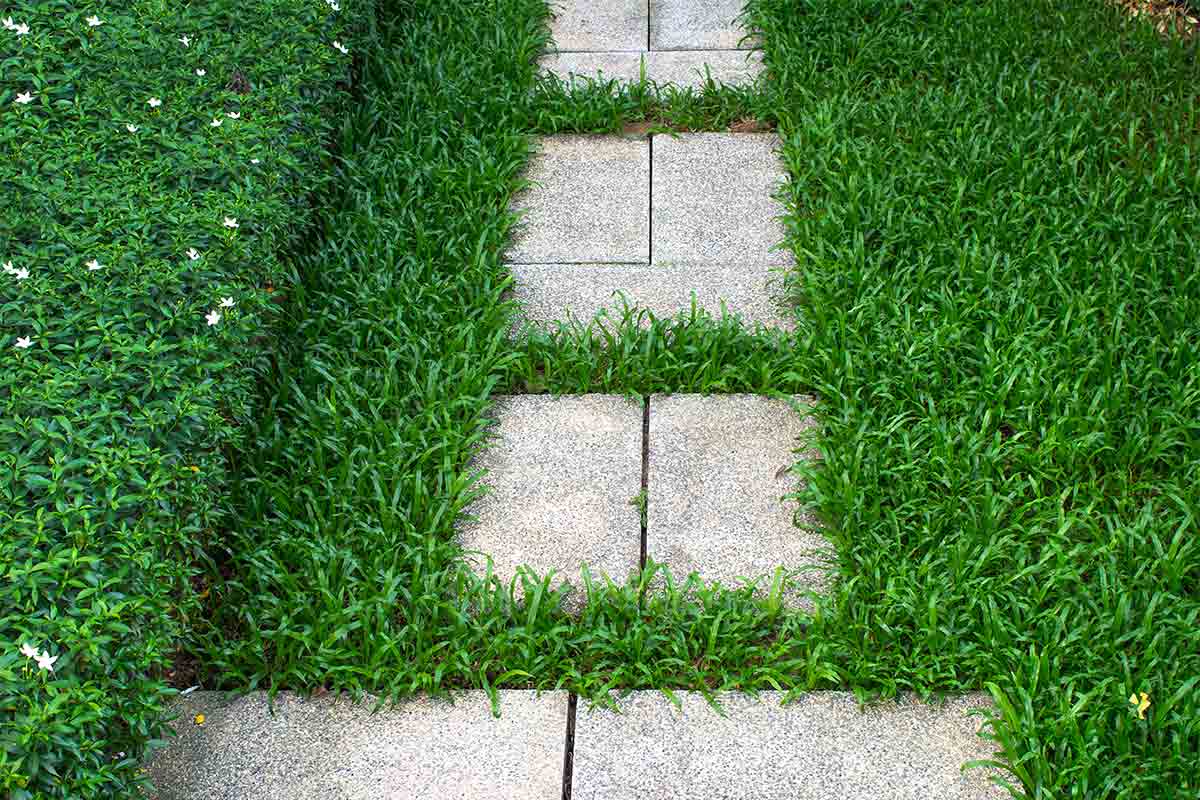
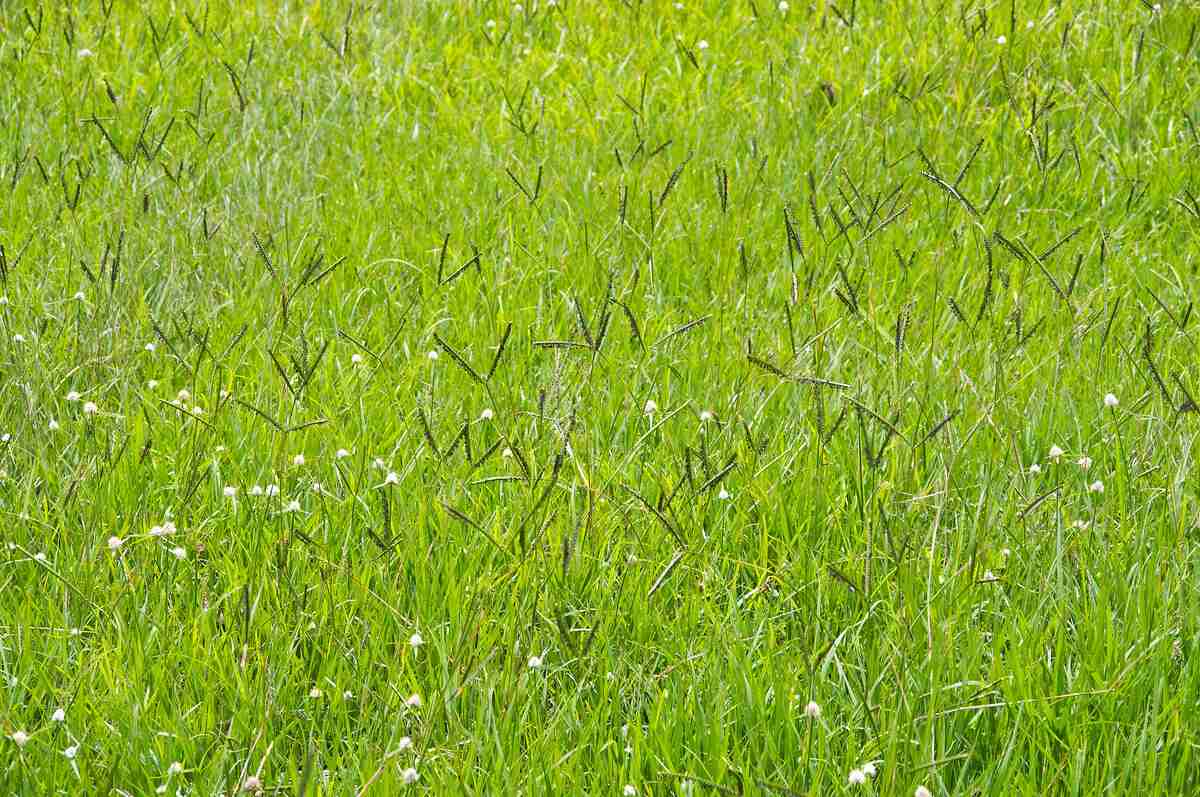
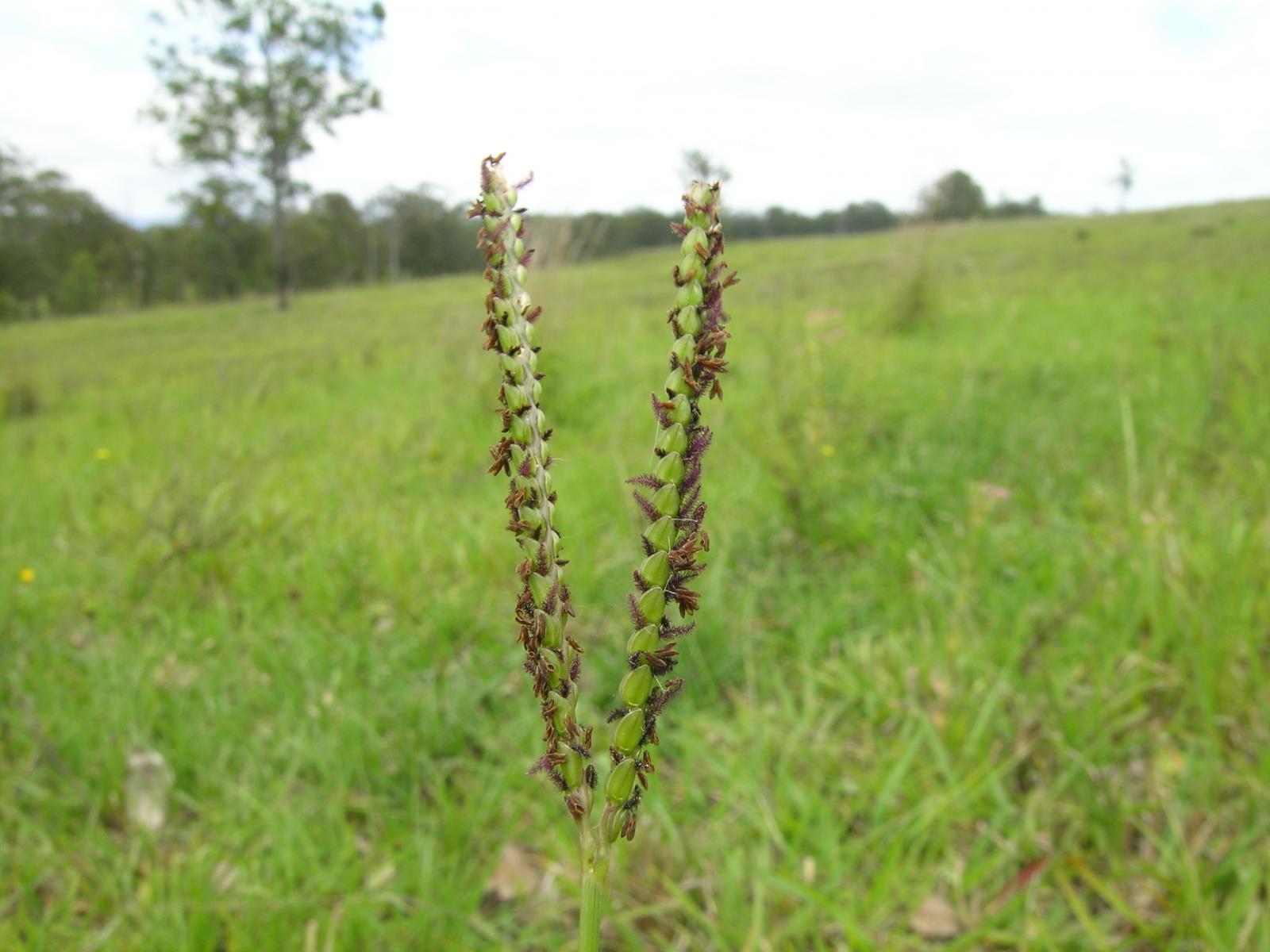
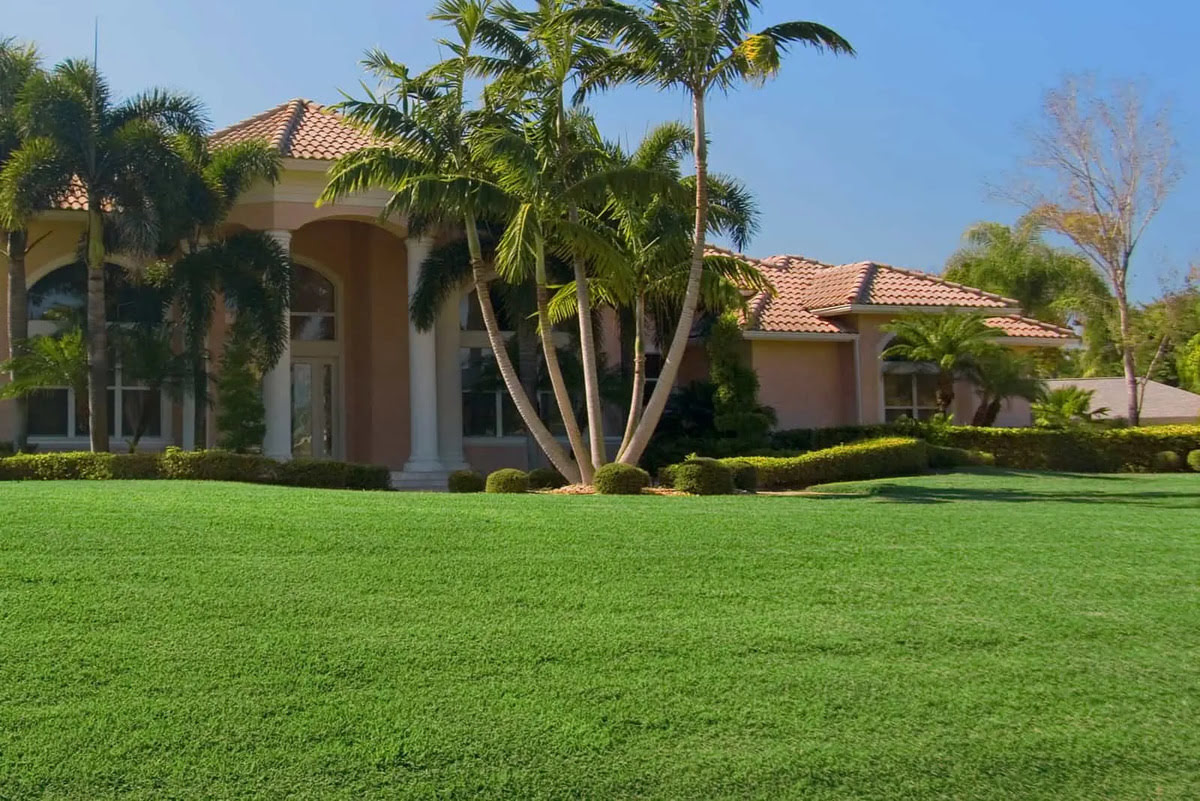
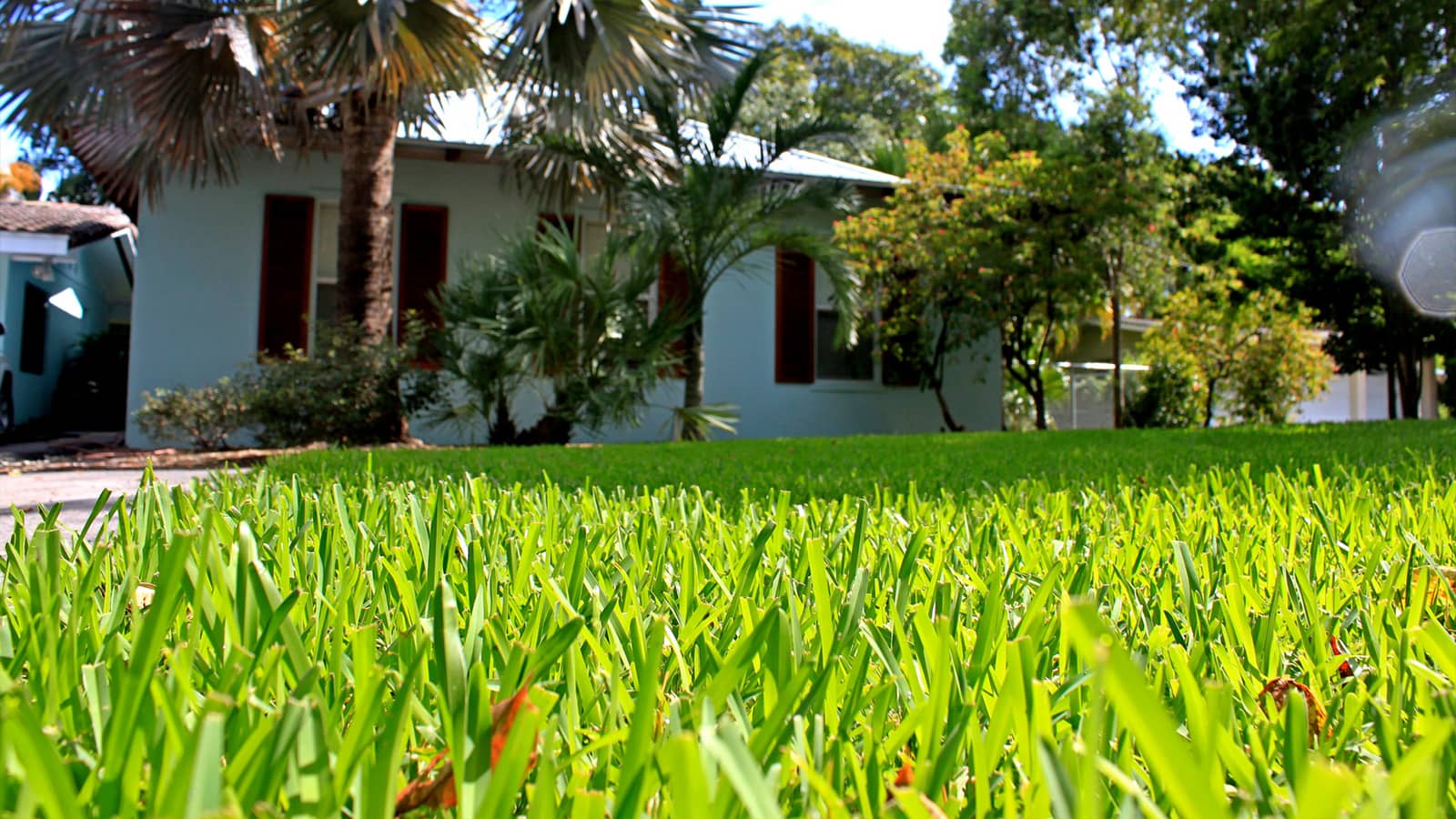
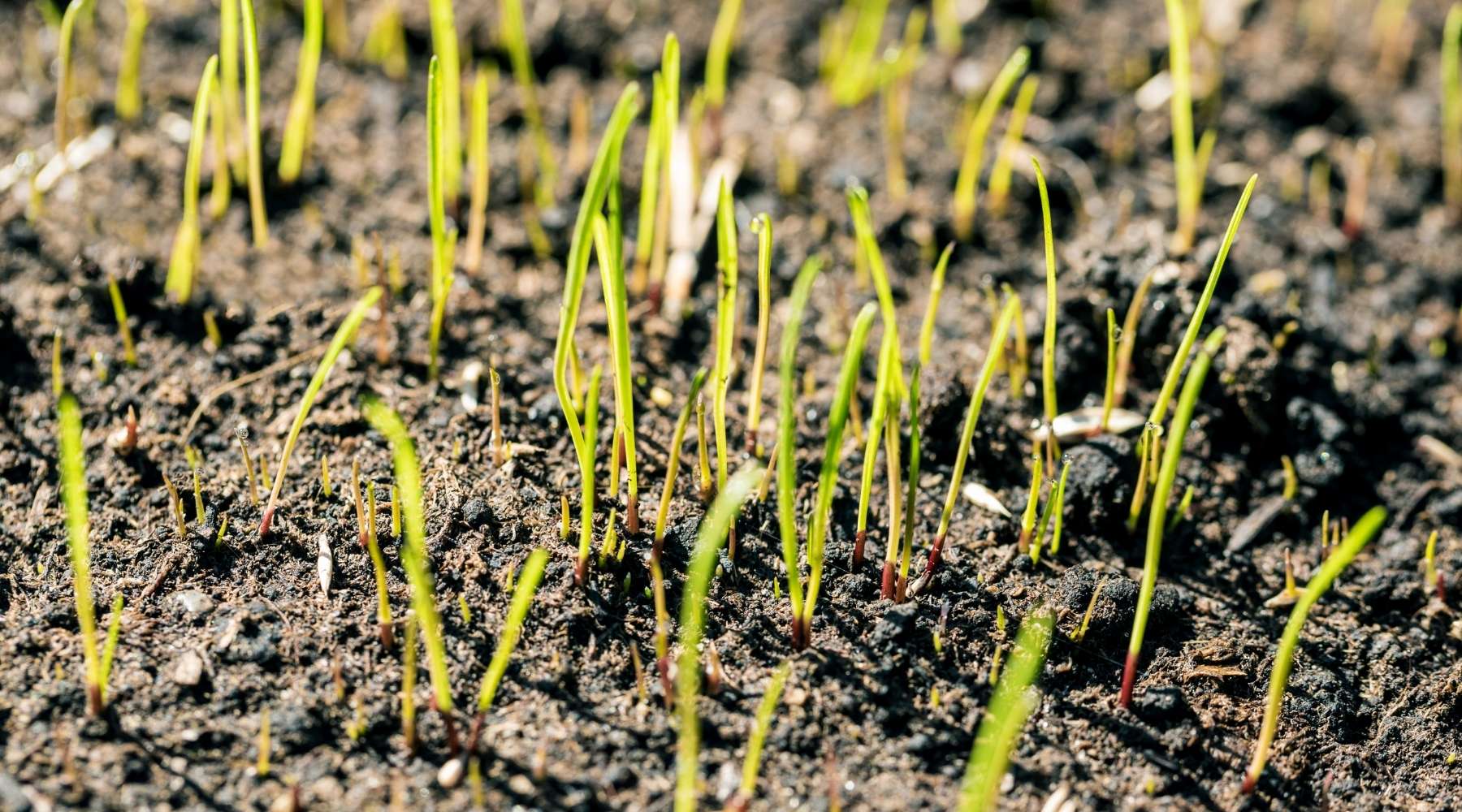
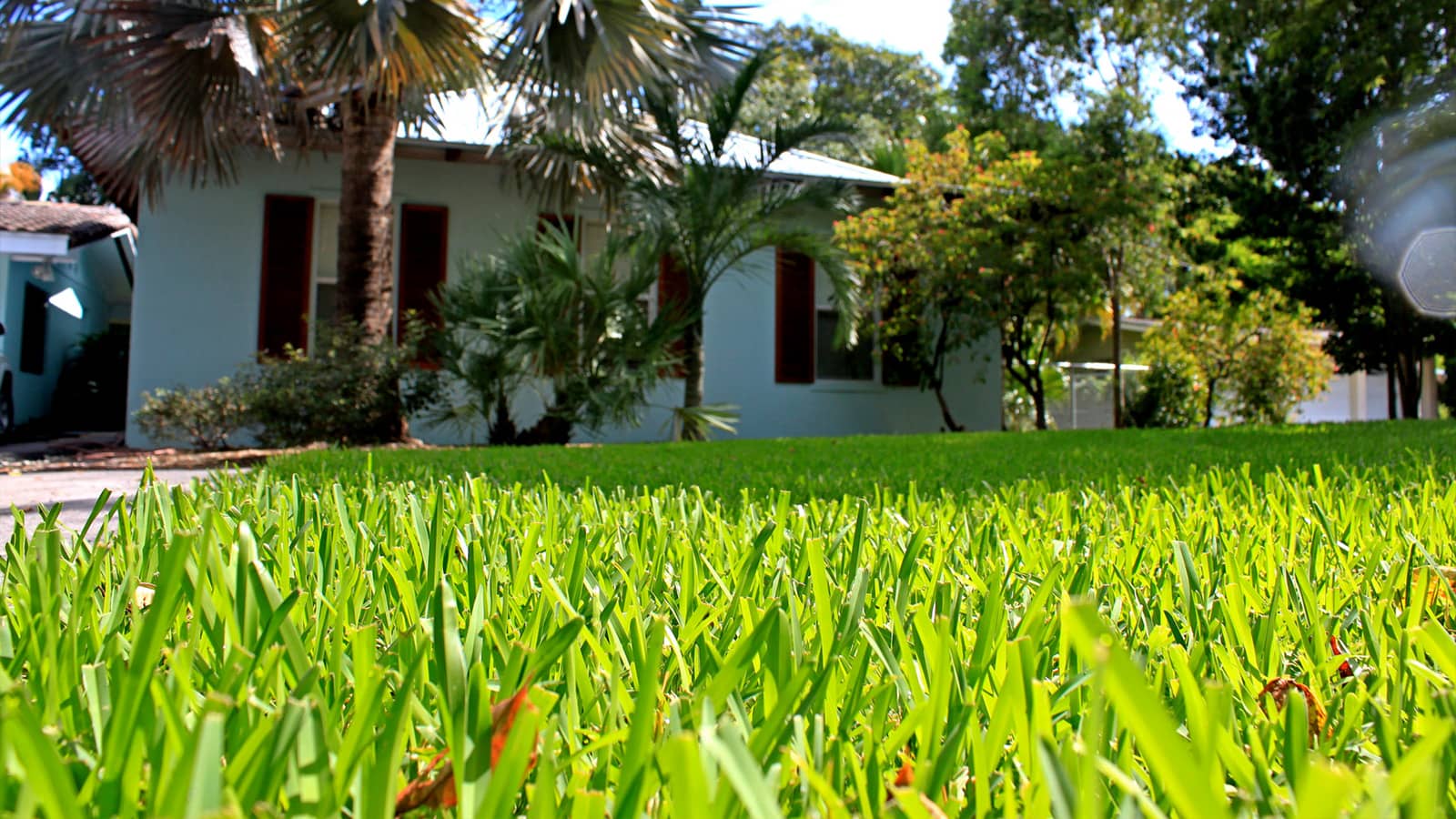
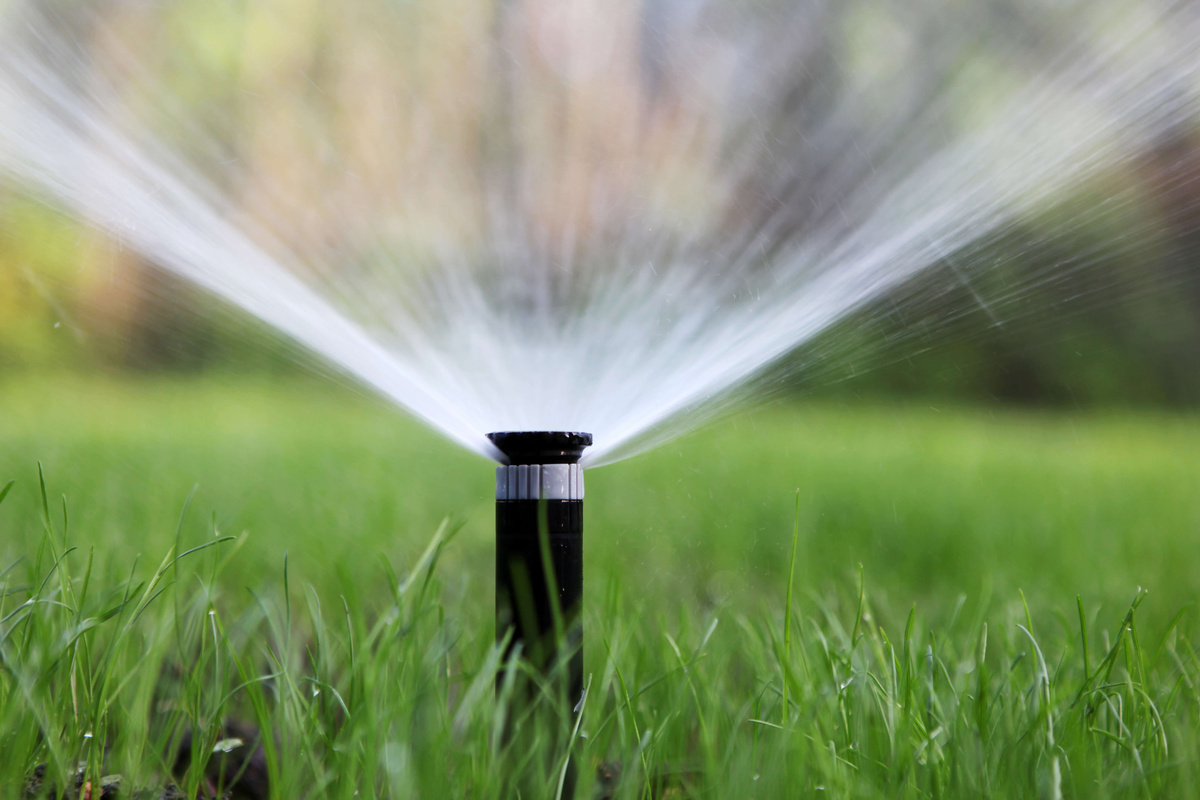
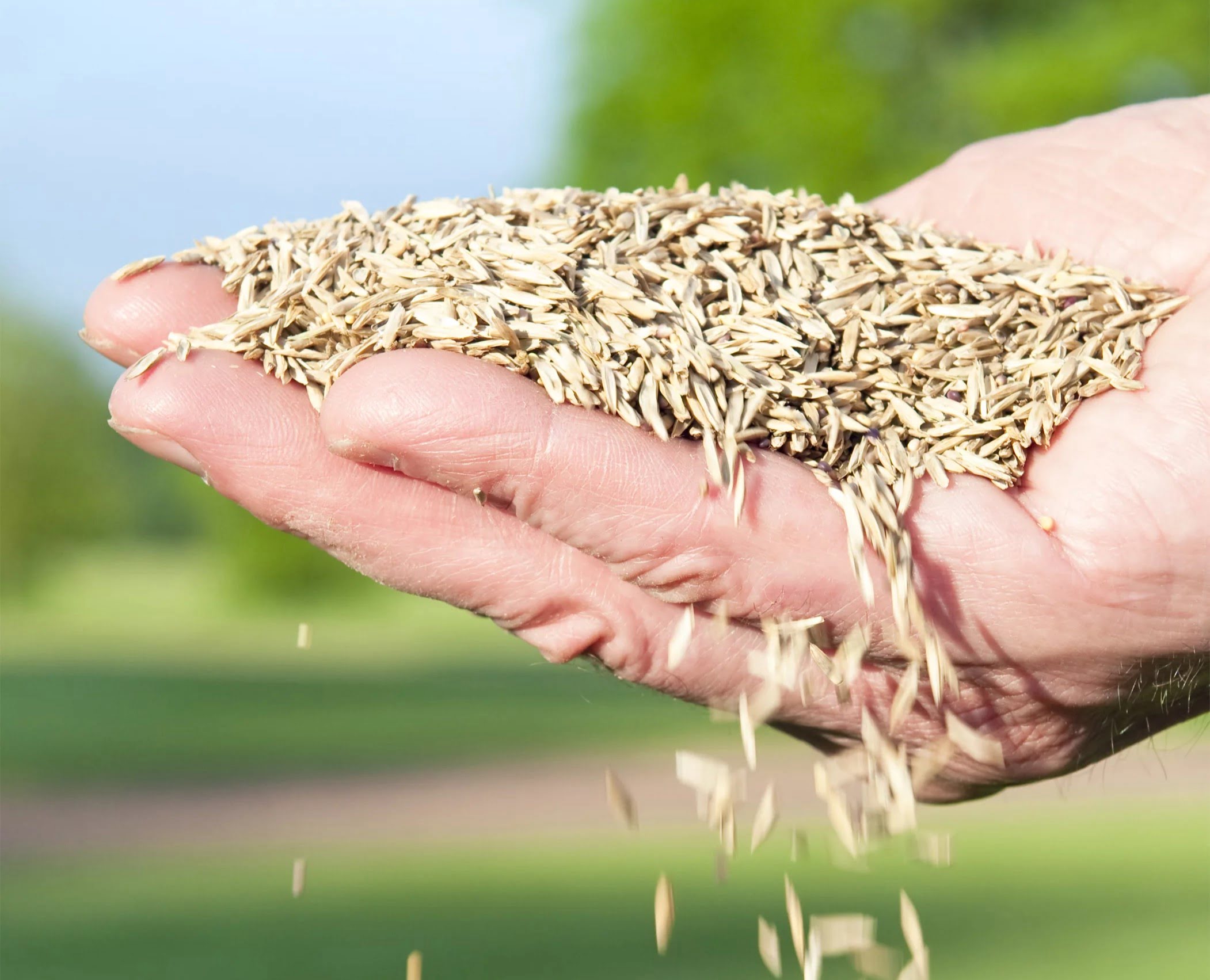
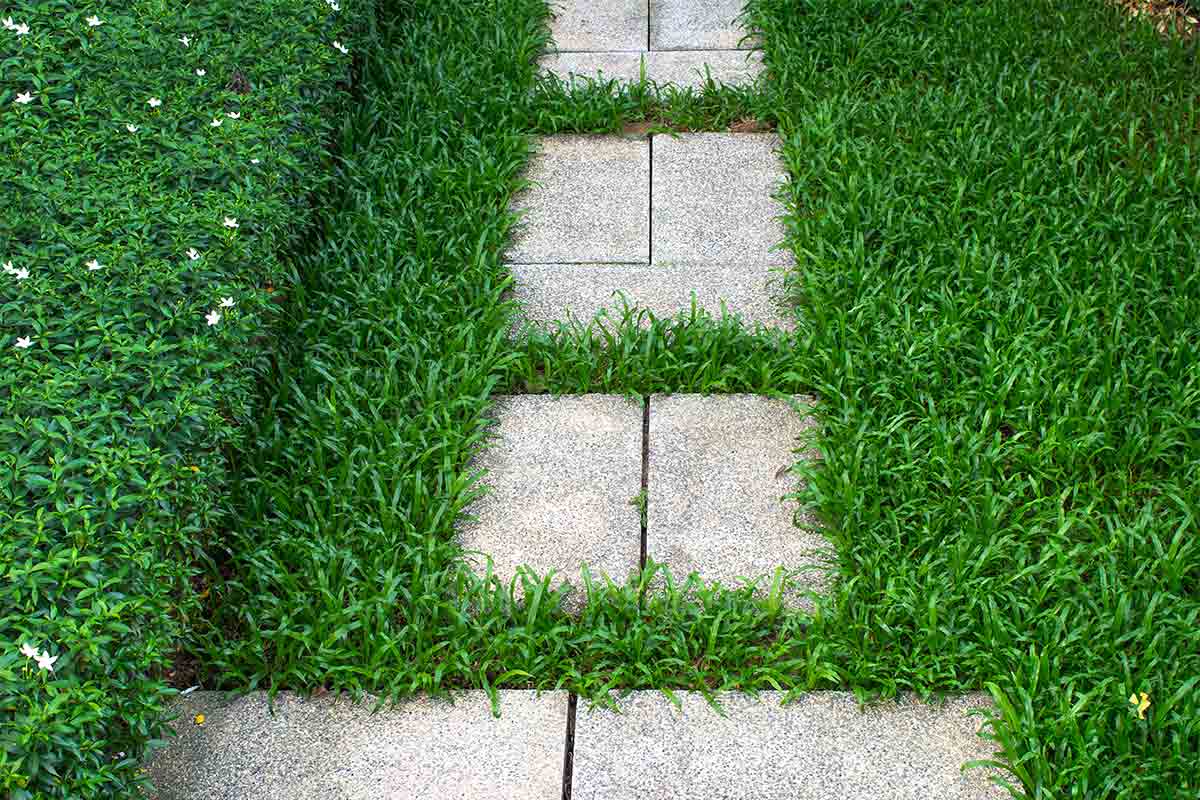
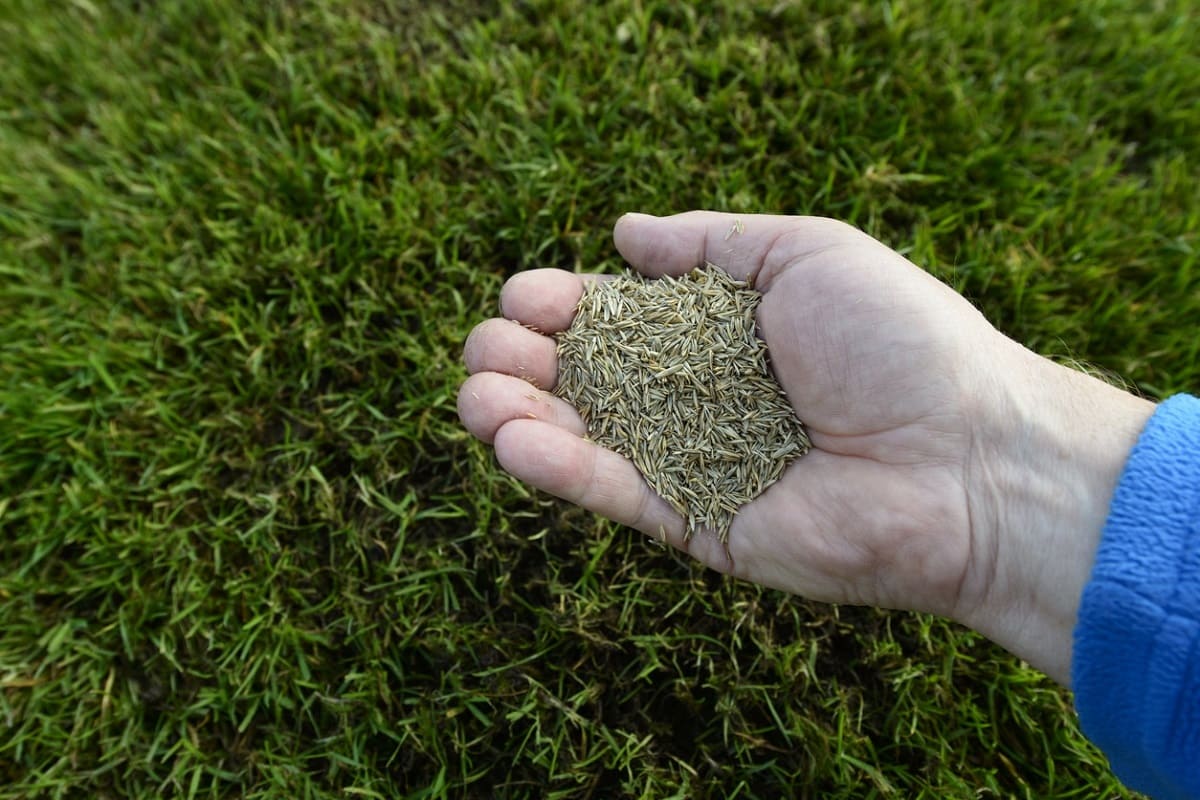
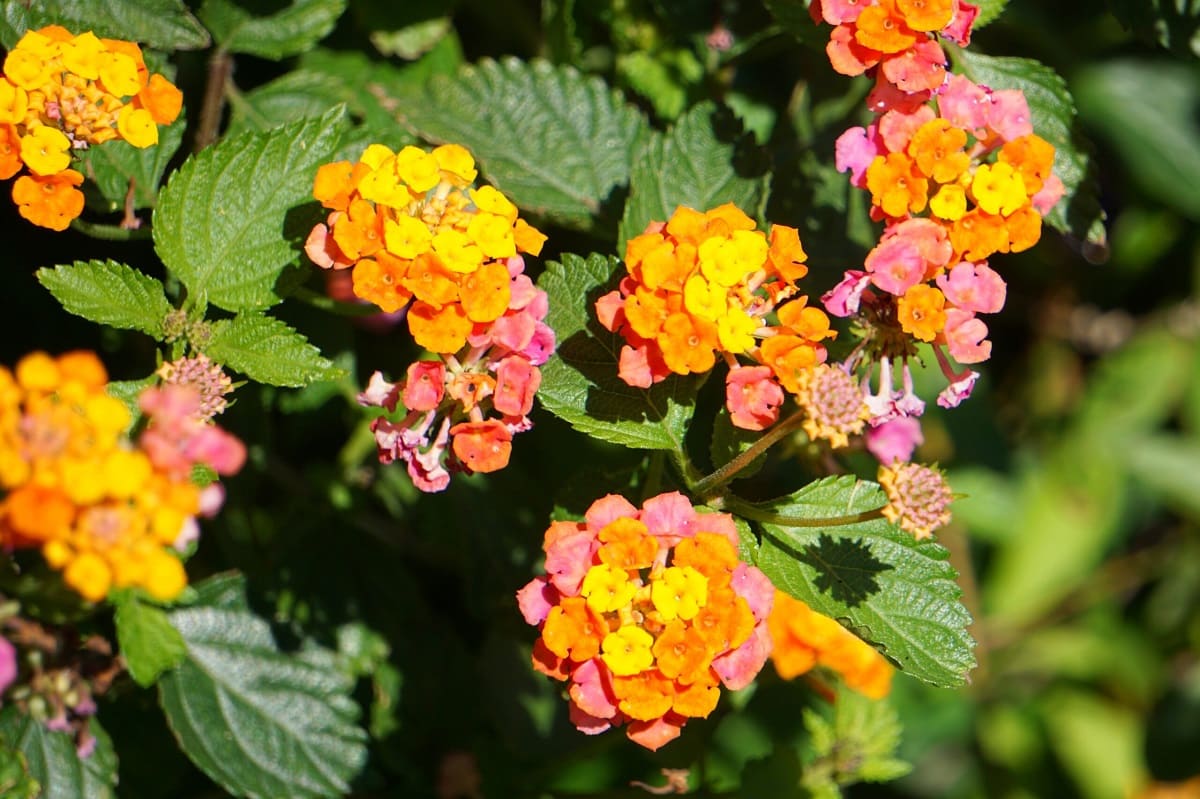


0 thoughts on “How To Plant Grass Seed In Florida”